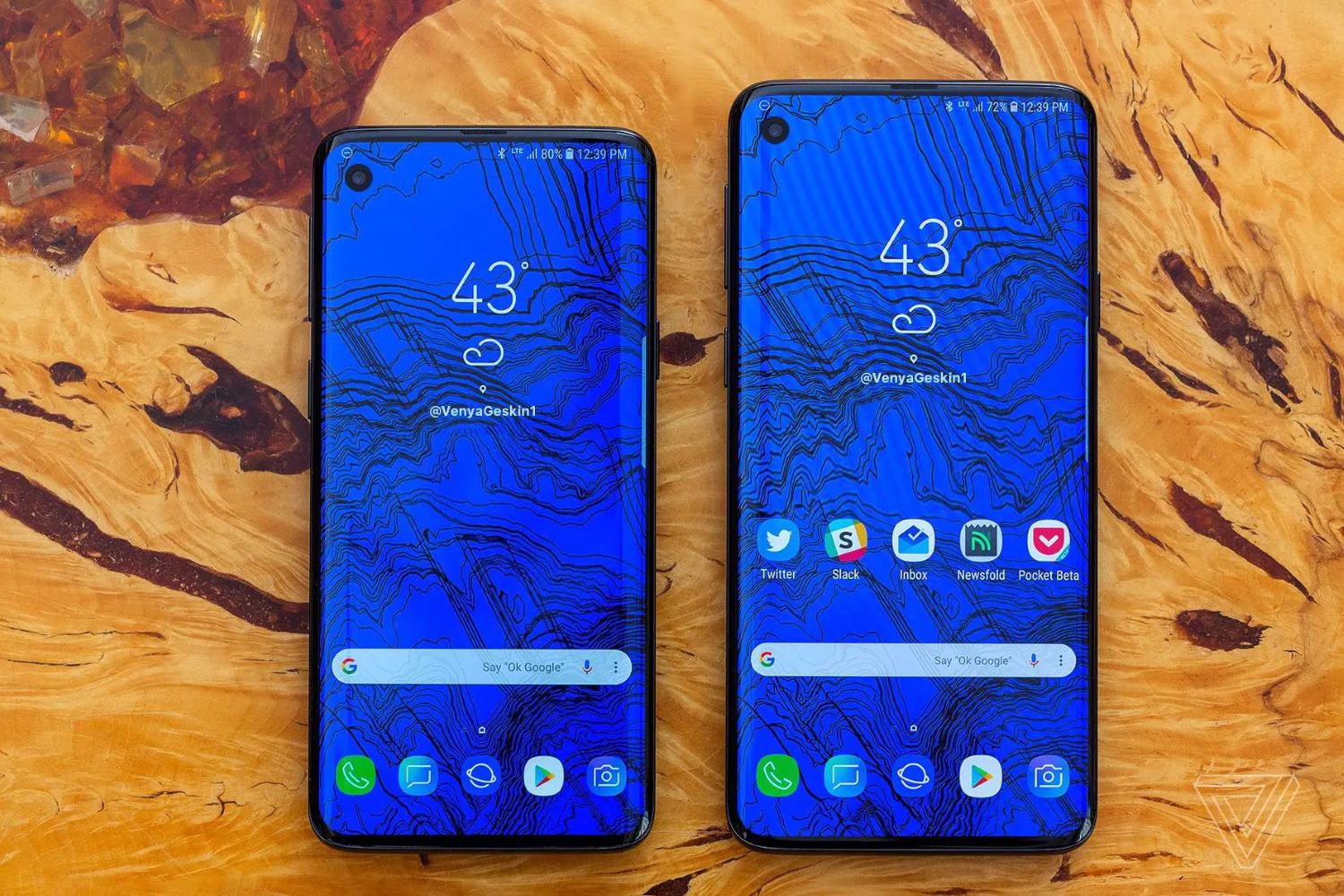
Introduction to the Samsung Galaxy S10
Announced on February 20, 2019, and released on March 8, 2019, the Samsung Galaxy S10 celebrated the 10th anniversary of Samsung's Galaxy S series. This device introduced several innovative features, including the Infinity-O screen with a hole-punch design for the front-facing camera, a rear triple camera system, Wireless PowerShare, and an in-screen fingerprint sensor.
Screen Size and Dimensions
Display Size
The Samsung Galaxy S10 features a 6.1-inch display, making it one of the larger screens in its class at the time of release.
Physical Dimensions
- Height: 5.9 inches (149.9 mm)
- Width: 2.77 inches (70.4 mm)
- Depth: 0.31 inches (7.8 mm)
Screen-to-Body Ratio
With a screen-to-body ratio of approximately 88.3%, the Galaxy S10 dedicates a significant portion of its front surface to the display. This high ratio enhances the visual experience by providing more screen real estate without increasing the phone's overall size.
Resolution and Pixel Density
Display Resolution
The Samsung Galaxy S10 boasts a resolution of 1440 x 3040 pixels.
Pixel Density
This resolution translates to a pixel density of approximately 550 pixels per inch (PPI), ensuring a crisp and clear display ideal for watching videos, browsing the web, and other visually intensive activities.
Comparison with Other Models
- Galaxy S10 Plus: Features a 6.4-inch screen with the same resolution of 1440 x 3040 pixels, resulting in a pixel density of approximately 522 PPI.
- Galaxy S10E: Comes with a 5.8-inch screen and a resolution of 2280 x 1080 pixels, leading to a pixel density of approximately 438 PPI.
Viewport Size and CSS Pixel Ratio
Viewport Size
While the screen resolution is 1440 x 3040 pixels, the viewport size (the actual area where content is displayed) is slightly smaller at 360 x 760 pixels. This discrepancy arises due to the device's operating system and software optimizations, which adjust the viewport size to better fit the displayed content.
CSS Pixel Ratio
The CSS pixel ratio for the Galaxy S10 is approximately 4 xxxhdpi (4x Retina Display), indicating support for high-resolution content and effective display.
Practical Implications of Screen Size and Resolution
Visual Clarity
High pixel density ensures that text and images are clear and sharp, making it easier to read and view content.
Browsing Experience
Large screen size and high resolution provide an immersive browsing experience, allowing users to enjoy web pages and videos without frequent zooming or scrolling.
Gaming
High-resolution display benefits gaming, offering a more immersive experience with detailed graphics and smooth performance.
Multitasking
Larger screen size allows for more efficient multitasking, enabling users to have multiple apps open simultaneously without feeling cramped.
Final Thoughts
The Samsung Galaxy S10's screen size and resolution significantly contribute to its appeal and functionality. With a 6.1-inch display featuring a resolution of 1440 x 3040 pixels and a pixel density of approximately 550 PPI, this device offers an exceptional visual experience. Whether browsing the web, watching videos, or engaging in other visually intensive activities, the Galaxy S10's screen provides clarity and immersion. Its high screen-to-body ratio and optimized viewport size ensure that the display is both functional and aesthetically pleasing, making it a compelling choice for those seeking a premium smartphone experience.
Understanding the specifics of the Samsung Galaxy S10's screen size and resolution can help users appreciate the device's capabilities and make informed decisions about their next smartphone purchase. Whether looking for a device that excels in visual clarity, offers an immersive browsing experience, or provides efficient multitasking capabilities, the Galaxy S10 stands out as an excellent choice.
